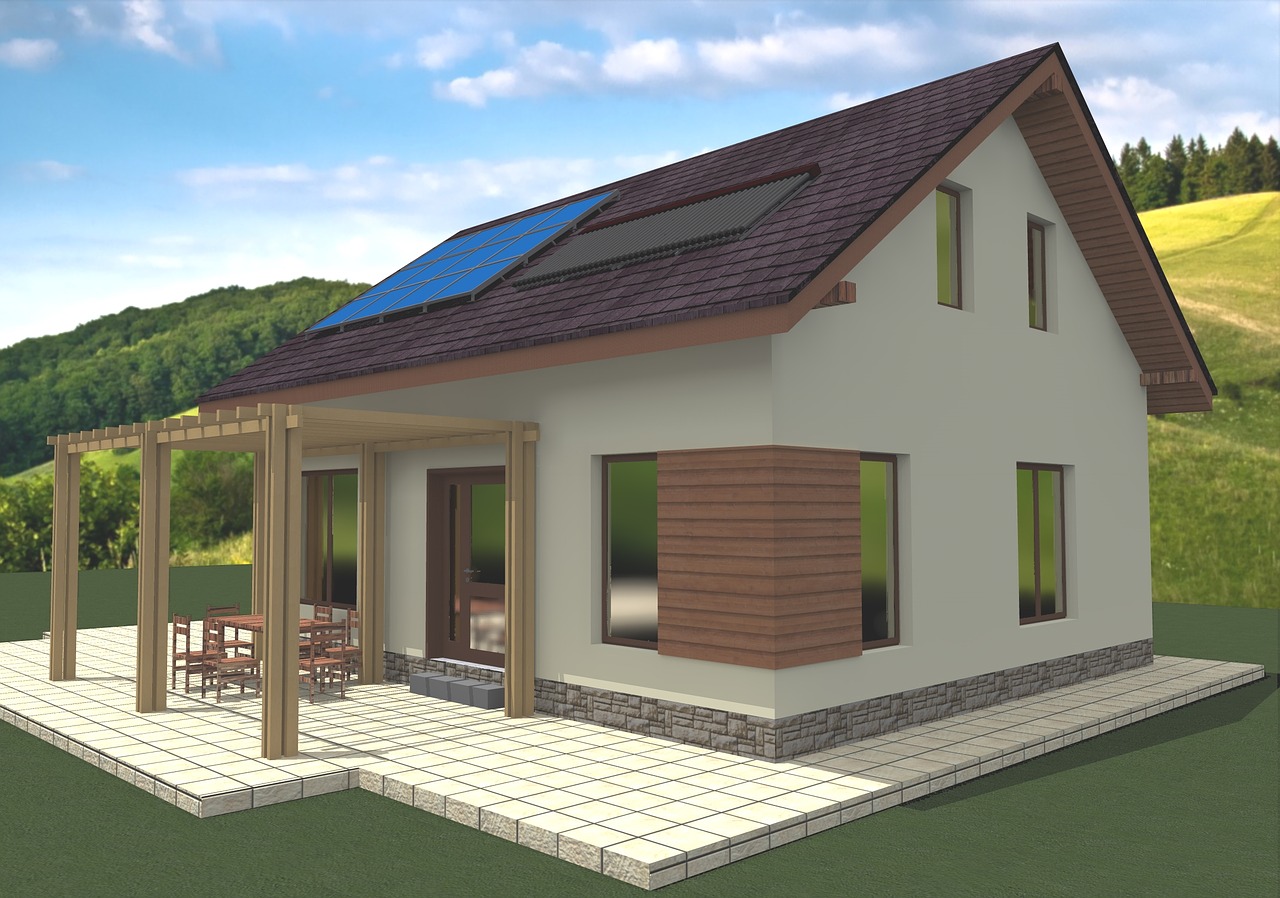Code Green Solutions


As energy costs rise, more people begin to look for ways to increase their home’s sustainability as a way to combat energy use. And one thing that often comes up as a model for just how effective creating a sustainable home can be is the passive house. By definition, a true passive house uses no heating or cooling system at all, maintaining the perfect temperature indoors all year long through things like solar gain and zero energy loss. Along with this greater interest in the passive house design, however, come some misconceptions about what a passive house truly is, and whether or not it’s feasible for most homeowners or builders to create. Getting to the bottom of these misconceptions can help you determine if the passive house design is right for you.
Myth 1: Too Expensive
This particular misconception comes from the fact that you need very specific materials when building the passive house for it to be effective. Windows, doors, and insulation do cost more than some conventional alternatives. However, passive houses can save you thousands of dollars a year in energy costs, essentially paying for themselves in a very short period of time. So, when you consider the total cost of the house, you need to look at it long term and compare the total costs after a year, after five years, and after 10 years – you’ll soon see that the passive house not only catches up to, but exceeds the savings of a conventional home.
Myth 2: Too Hard to Build
For someone that has never worked with a passive house design before, yes, there is a fairly steep learning curve. However, for those that specialize in passive house design, building one is a little like a puzzle, where you need to work out all of the different areas in a way that they fit together. So yes, for a conventional builder the concept of a passive house may be a little daunting at first, but for those that want to learn or who have been working in this model for some time, a passive house is not that much more difficult to construct than a conventional home.
Myth 3: Boring DesignThis misconception may come about because some passive homes built in Europe make great use of things like insulated concrete block as the main material. The result can be a home that lacks some of the detail and design that people have come to expect from homes. There is no one way to build a passive house, however; the design possibilities are endless as long as you are adhering to the principles of the design. For example, you can use any type of exterior cladding you want, provided that the envelope of the home is completely airtight and insulated, and that the walls are of sufficient thickness to help hold onto heat and prevent air transfer. There are some parts of the passive house design that can’t be changed, such as positioning of windows in a way that will capture the best solar gain, but ultimately, what the house looks like is up to you.
Myth 4: Too Stuffy
Passive houses need to be air tight, eliminating the thermal bridges that can be found so frequently in traditional homes. Gaps beneath doors, poor insulation, or air transfer through windows are all eliminated in the passive house design. Combined with the thicker walls, some people fear that the interior of the passive house will therefore become stuffy or stale in a very short period of time.
At the core of every passive house, however, is a ventilation system designed to deal with just this issue. Cool, fresh air from the outdoors is brought inside, while the stale air is pushed out. The warm air leaving the home helps to warm the cooler outdoor air as it comes in, which helps to maintain the temperature indoors, even while providing the interior with fresh air. At no time does the air ever get stuffy or difficult to breathe.
Myth 5: The Walls Are Too Thick
The walls of a passive home are at a minimum of 6-inches thick, and in some places, may go to as much as 12-inches thick to accommodate additional insulation. Some people fear that these thicker walls are going to take up too much interior space, decreasing valuable square footage.
And while it is true that the walls do have to be a certain thickness depending on the area you are building the house in, this is offset by how usable the rest of the interior becomes. For example, during the winter months, you may stay away from areas with a lot of windows in a traditional home; in a passive home, you can sit beside a window all year long without any drafts or cool spots. This means that you can use more of your home comfortably all year long, well making up for the loss of a few square feet.
Consider the Passive House
In many areas, passive house-like building requirements are being recommended and even mandated to help keep energy costs down. These homes are much more comfortable and versatile than most people may realize when first encountering them. Consider the passive house design for the next home you build to make the most of everything it has to offer.